406 of the United States’ 3142 counties (more than 1 in 8) have one of just twenty-four names:
- Washington █
- Jefferson █
- Franklin █
- Lincoln █
- Jackson █
- Madison █
- Clay █
- Montgomery █
- Union █
- Marion █
- Monroe █
- Wayne █
- Grant █
- Greene █
- Warren █
- Carroll █
- Polk █
- Marshall █
- Lee █
- Johnson █
- Douglas █
- Clark █
- Adams █, and
- Lake █.

(We’re including county-equivalents as counties.)
Each of these names comes up at least 12 times among American counties; that is, for each of these 24 names, about 1 out of 4 states (or more) decided to name one of its countries this name. For the top three, that is, Washington, Jefferson, and Franklin, at least half of the states have a county named so.
In some of these cases, identically-named counties are not even very far apart: note, for instance, the closeness of Virginia’s and Tennessee’s Washington Counties, or of Minnesota’s and South Dakota’s Grant Counties.
Washington County, Oregon nearly touches Washington State, which incidentally is one of only 19 states not to have a Washington County. One may theorize this is to avoid confusion, but clearly there at least exists other states that don’t consider this confusing (as well as a county touching a state of the same name).
13 states have all three of a Washington County, a Jefferson County, and a Lincoln County; only 12 states have none of the three. The following chart demonstrates the distribution of these.

Of the 24 most frequent county names mentioned above, 5 states have none (Delaware, Connecticut, Arizona, Alaska, and Hawaii), and 4 states have only one (Massachusetts, New Hampshire, Rhode Island, and California).
The presence of these most common county names is most prevalent in the South and Midwest, where most states are teeming with them (the three relative exceptions being South Carolina, Michigan, and North Dakota). Some particularly extreme cases include Georgia, Kentucky, Tennessee, Indiana, Illinois, Missouri, Arkansas, and Iowa, where a supermajority of these 24 names are represented.
Finally, let’s mention a county name that’s not one of the most frequent but is frequently the name of a populous county: Orange. California’s Orange County is the 6th most populous county in the United States, with over 3 million people, home to Anaheim, Santa Ana, Irvine, and other cities. Florida’s Orange County is the 34th most populous, home to Orlando. Orange County, New York is not nearly as populous as California’s or Florida’s, but is within the New York Metropolitan Area and is still fairly populous. And Orange County, North Carolina is home to Chapel Hill.

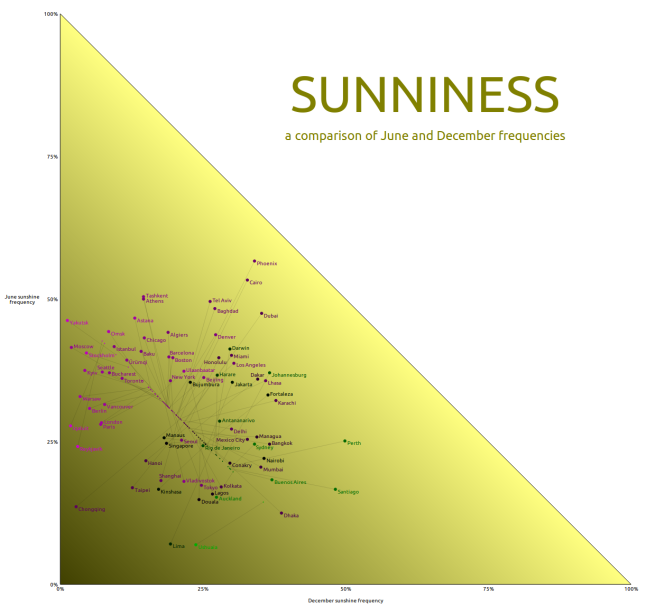









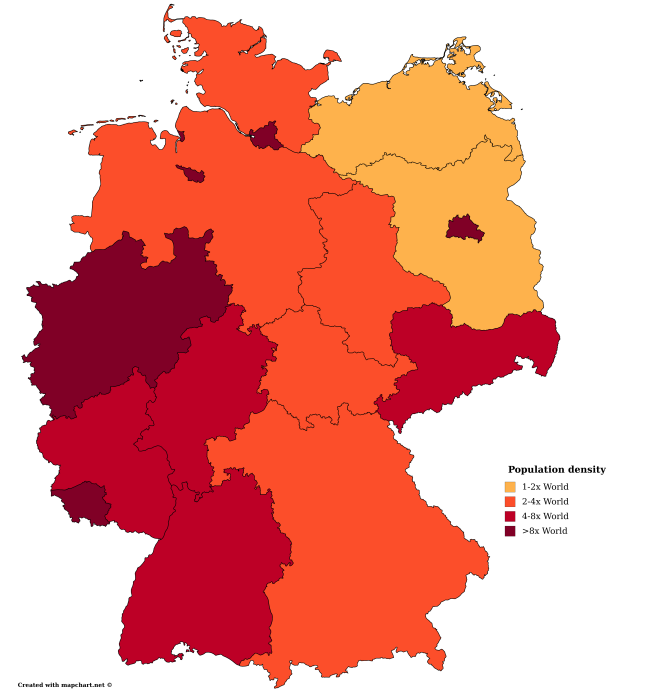
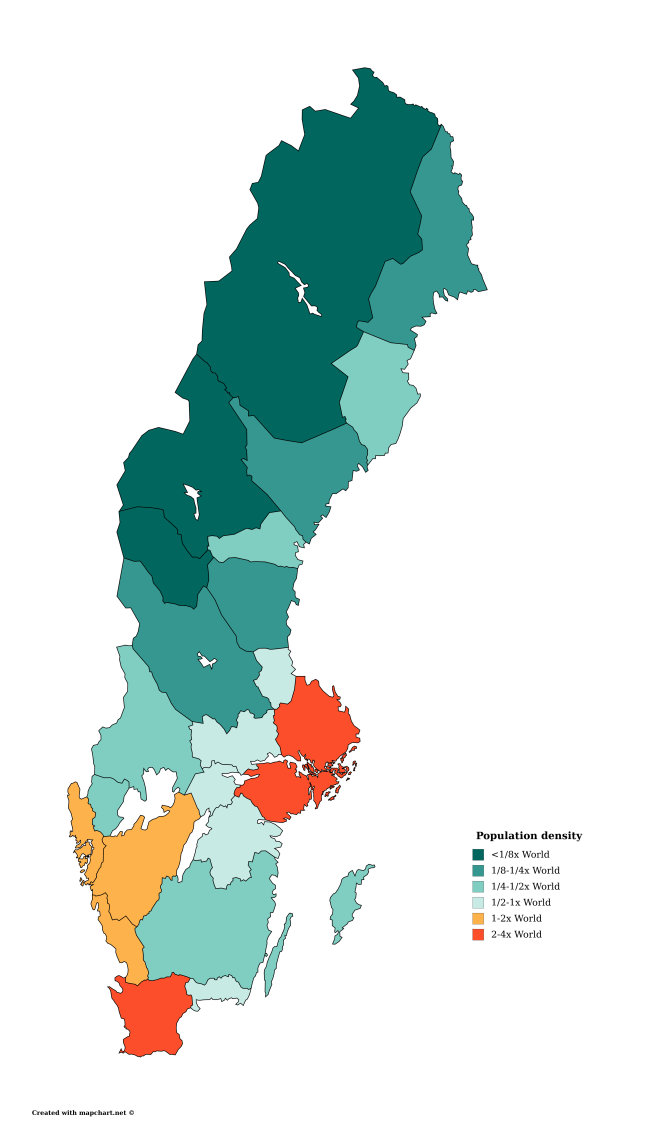

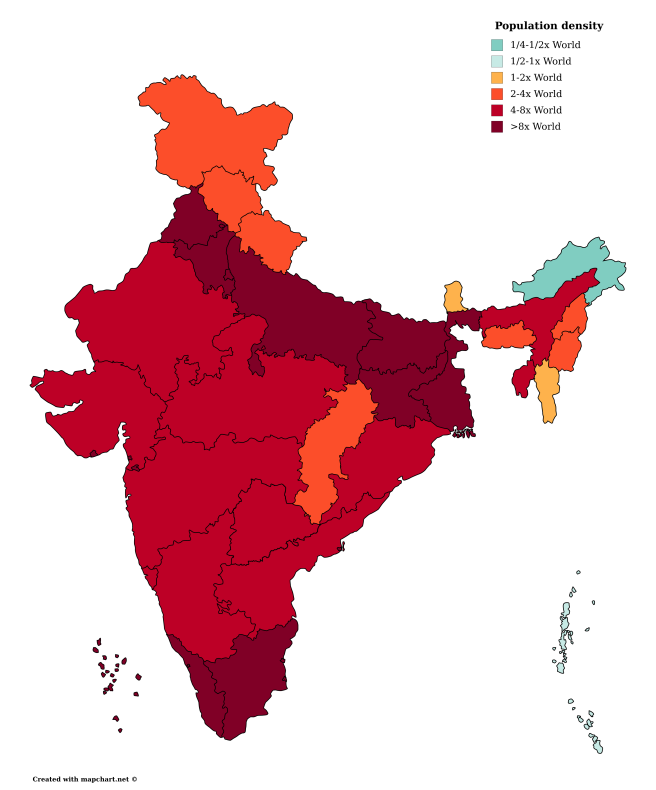

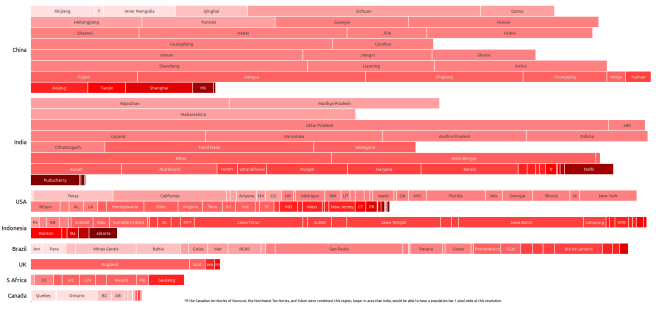
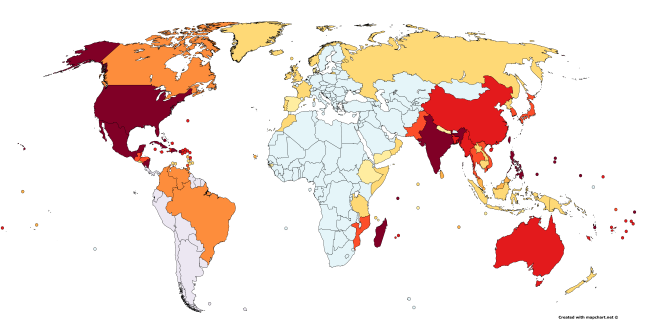



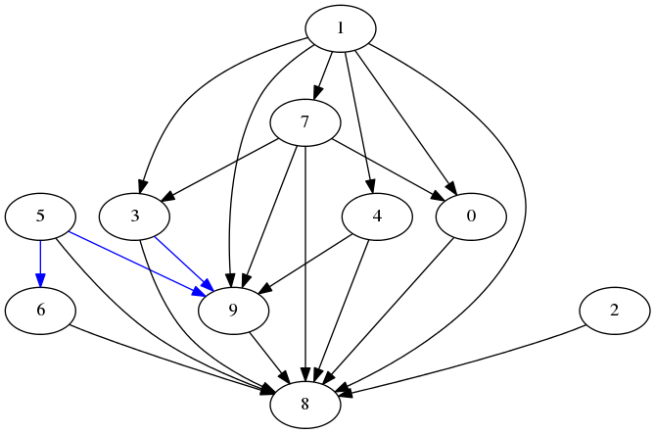
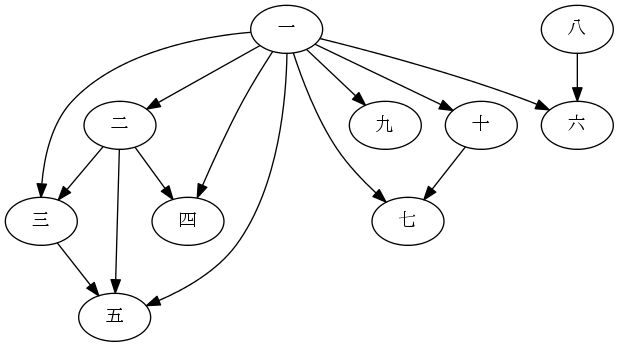

 I decided I’m not going to go bother to make these charts for lowercase letters, where handwriting/font interpretation has even more degrees of freedom to consider. I’d guess, though, that the greater diversity of features makes most reasonable charts less connected than corresponding uppercase charts.
I decided I’m not going to go bother to make these charts for lowercase letters, where handwriting/font interpretation has even more degrees of freedom to consider. I’d guess, though, that the greater diversity of features makes most reasonable charts less connected than corresponding uppercase charts.